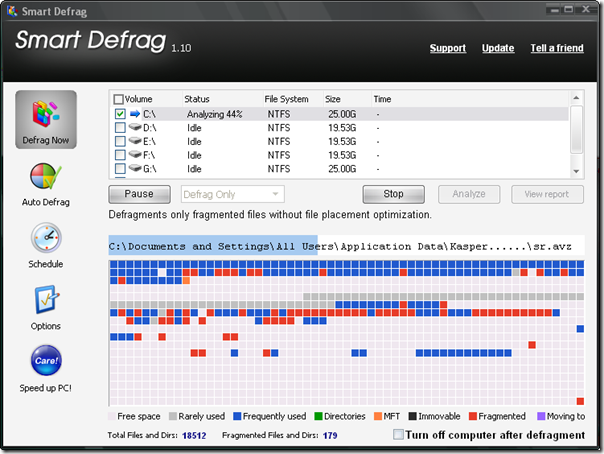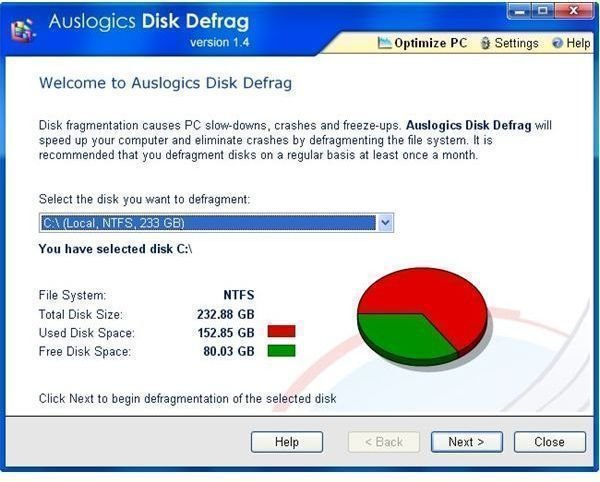
When issues like C drive full happen, your computer can become literally slow and sluggish, and in this case, a basic volume extension becomes necessary. How to extend a basic disk without converting to dynamic? Thus, this is the reason why some people don’t want a dynamic disk on their computers. What’s worse, once you convert a basic disk to a dynamic one, you cannot revert it back to a basic disk before deleting all volumes. For example, the dynamic disk doesn’t support multi-boot and some users respond that they fail to install Windows on a dynamic disk. However, there’re also shortcomings coming with the dynamic disk. Another big advantage of the dynamic volume is that when you want to extend it in Disk Management, the unallocated space doesn’t have to be right next to it. However, compared to the basic disk, the dynamic disk supports various volumes like simple volume, spanned volume, striped volume, mirrored volume, and RAID-5 volume that make your disk management much more flexible.

The basic disk and the dynamic disks are 2 types of hard drive configurations and both of them support MBR and GPT partition tables. However, when I now try to extend this volume to use all the unallocated space, Windows Disk management won’t let me do so unless I create a dynamic disk which I’m unwilling to.

"I have a large HDD where there’s a 500GB partition with all my data and 1TB of free unallocated space. Can’t extend a volume without converting to dynamic


 0 kommentar(er)
0 kommentar(er)
